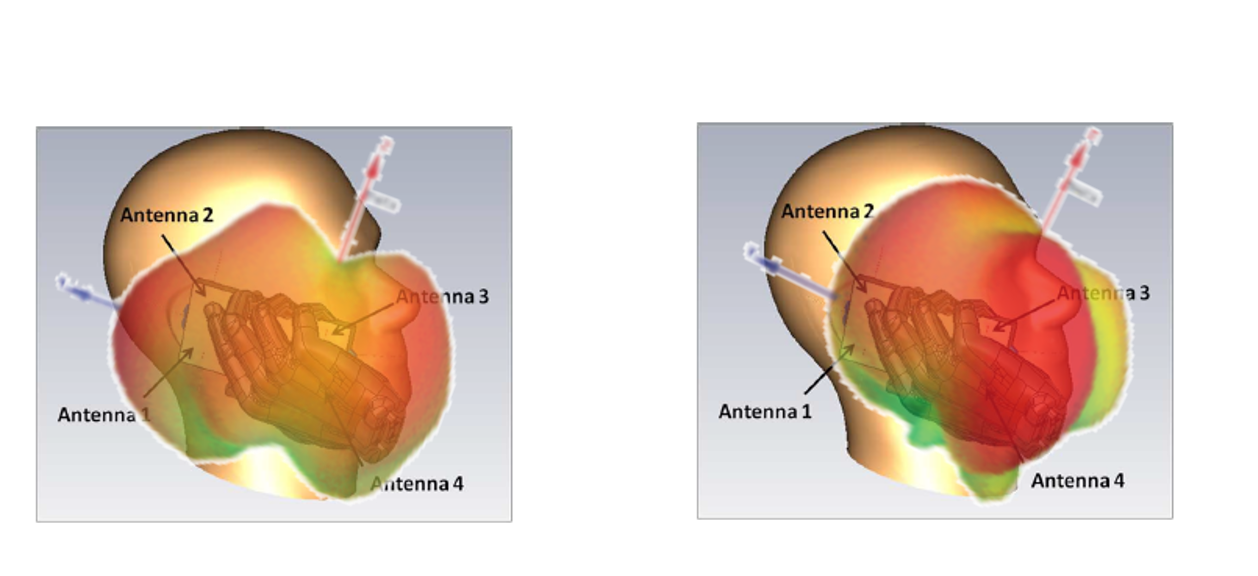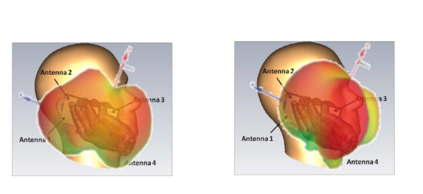This work tackles the problem of maximizing the achievable rate in a reconfigurable intelligent surface (RIS)-assisted communication link, by enforcing conventional maximum power constraints and additional constraints on the maximum exposure to electromagnetic radiations of the end-users. The RIS phase shift matrix, the transmit beamforming filter, and the linear receive filter are jointly optimized, and two provably convergent and low-complexity algorithms are developed. One algorithm can be applied to general system setups, but does not guarantee global optimality. The other is shown to be provably optimal in the special case of isotropic electromagnetic exposure constraints. The numerical results show that RIS-assisted communications can ensure high data rate transmissions while guaranteeing users' exposure constraints to radio frequency emissions.
翻译:这项工作通过实施常规的最大功率限制和对终端用户电磁辐射最大照射的额外限制,解决了在可重新配置的智能表面辅助通信连接中最大限度地实现可实现速率的问题。RIS阶段转移矩阵、传输波束成形过滤器和线性接收过滤器是联合优化的,并开发了两种可辨别的趋同和低复杂性算法。一种算法可以适用于一般系统设置,但不能保证全球最佳性。另一种算法在异地电磁照射限制的特殊情况下被证明是最佳的。数字结果显示,RIS辅助通信可以确保高数据率传输,同时保证用户对射频排放的照射限制。





